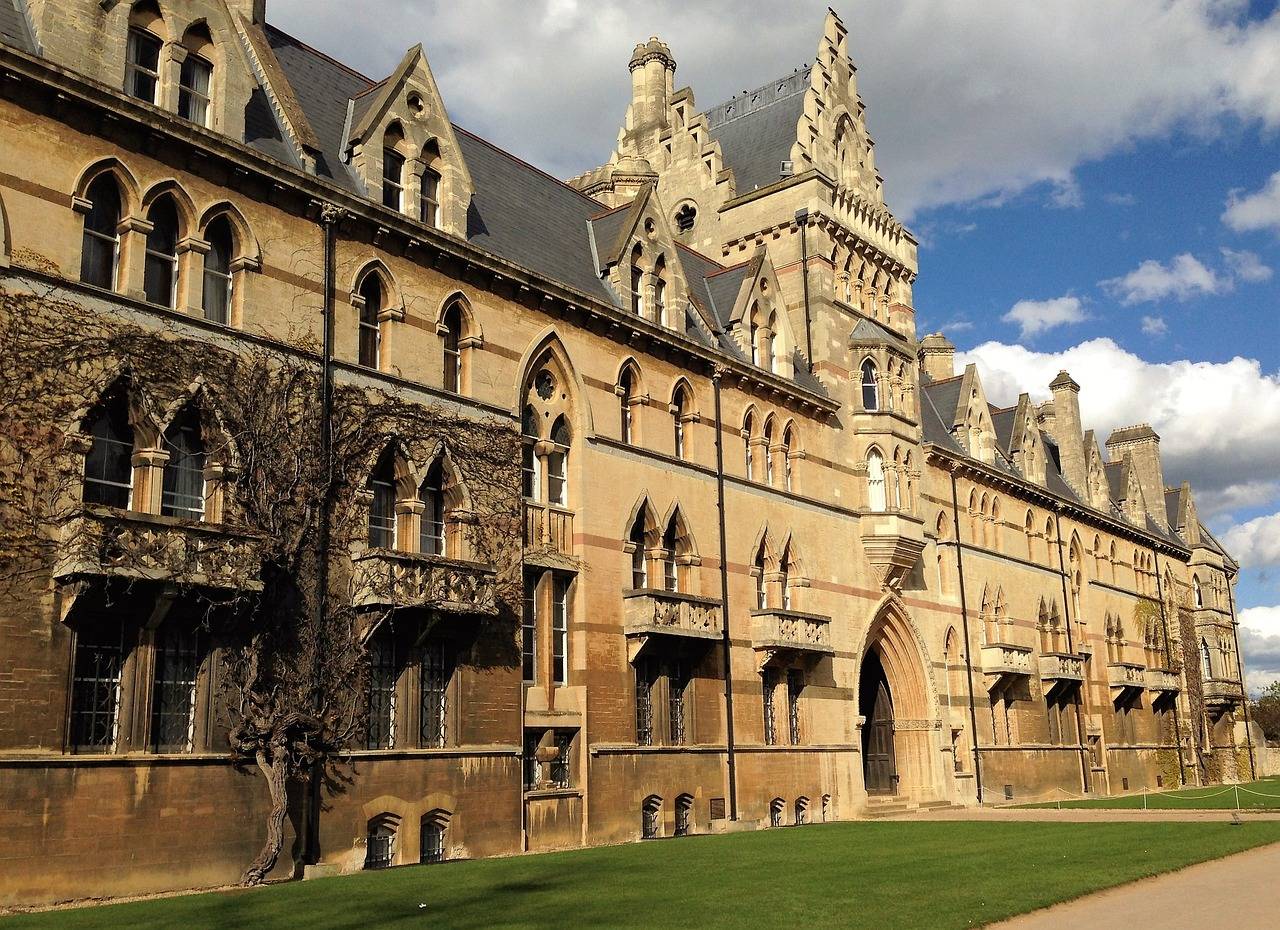Addressing Global Education Inequalities
Access to education continues to be a major concern worldwide, with many individuals facing barriers that hinder their ability to receive a quality education. One of the primary challenges is the lack of proper infrastructure in remote areas, making it difficult for students to access schools. In some cases, children have to travel long distances on foot, which can be a deterrent to attending school regularly.
Moreover, financial constraints often prevent individuals from pursuing education, as the costs associated with schooling, such as tuition fees, textbooks, and uniforms, can be prohibitive for many families. This economic burden disproportionately affects marginalized communities, exacerbating the cycle of poverty and education inequity. Without adequate financial support, many students are forced to drop out of school, limiting their opportunities for a brighter future.
Disparities in Educational Resources
In many educational settings, there exists a noticeable gap in the resources available to different groups of students. The quality of education can vary greatly depending on factors such as school funding, location, and socioeconomic background. Students in wealthier neighborhoods often have access to state-of-the-art facilities, updated textbooks, and experienced teachers, while those in less affluent areas may lack basic supplies and face overcrowded classrooms.
These disparities in educational resources can have a significant impact on students’ academic performance and overall educational outcomes. Research indicates that students who attend schools with limited resources are more likely to struggle with academic achievement, have lower graduation rates, and experience fewer opportunities for higher education or career advancement. Addressing these disparities is crucial for creating a more equitable education system and ensuring that all students have access to the resources they need to succeed.
Impact of Socioeconomic Status on Education
Socioeconomic status plays a significant role in shaping educational opportunities for individuals. Research has consistently shown that students from higher socioeconomic backgrounds tend to have better access to resources such as private tutors, extracurricular activities, and educational materials. Conversely, students from lower socioeconomic backgrounds often face barriers in accessing these resources, which can impact their academic performance and future prospects.
Moreover, socioeconomic status can also influence the quality of education that students receive. Schools located in wealthier neighborhoods tend to have more funding, experienced teachers, and better facilities compared to schools in disadvantaged areas. This disparity in educational resources can create a cycle of inequality, where students from low-income families are at a disadvantage from the start and struggle to catch up with their more affluent peers.





